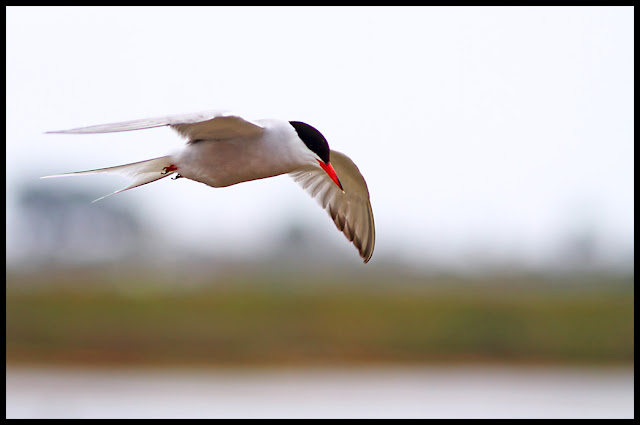These images were taken when I spent a day on Brownsea
Island at the end of June 2012. Brownsea Island is in Poole
Harbour, Dorset, and is now owned by the National Trust. One of the island’s claims to fame is that it
was the location of the first Boy Scout (experimental) Jamboree in August 1907. Another is its healthy colony of Red
Squirrels.
Going to Brownsea always reminds me of going abroad. When you step off the ferry at the landing quay,
you are faced with an army of National Trust staff. The only way off
the quay is through an entrance building. Approaching the building, you are confronted with
signs directing (National Trust) Members to one side and non-Members to the other. It’s all very reminiscent of Immigration Control!
All these photographs were taken in a private reserve operated by the
Dorset Wildlife Trust. The reserve
consists of much of the northern half of the island and entrance is regulated
by either Trust membership or by purchase of a card that grants entry for the
whole season (March – November).
I did have some plans for the day's shoot. Firstly, I knew that the Sandwich Tern chicks were newly hatched. Secondly, I knew that there would be other young birds there. Thirdly, who can resist a Red Squirrel? After that it would be a case of whatever presented itself.
First then, the Sandwich Tern:
 |
| "Oh! They flap" |
Some in-flight images to conclude.
This next one muscled in on my photo-shoot.
 |
| Common Tern |
Both images are of the same bird. I was poking and panning my lens towards groups of flying Sandwich Tern and, when I checked what I'd got (chimping* ☺), this is what I found. I put the camera down and picked up my binoculars, but I didn't see any other Common Tern.
One pair of Oystercatcher was sharing the tiny, man-made island with the Sandwich Tern. The nest was out of sight round the 'back' of the island, but one chick was showing.
 |
| Oystercatcher |
Now for some Black-headed Gull pictures:
Some were sharing the island's beach with the Sandwich Tern ... ...
 |
| Testing the water |
... ... and others were on the main shore.
 |
| "A youngster needs an afternoon rest" |
I took a stroll from the hides further into the reserve and went into the reed-beds. Things were very quiet and the view was quite restricted. I managed just one shot at one of my favourites ...
 |
| Little Egret |
Within the reserve is a villa. It was built in the 1850s as the vicarage for the newly-built church. But from 1870 until 1891 the house was the home of island owner George Cavendish-Bentinck, who preferred to live there rather than at the Castle. It is a fine building and is a visitor centre for the reserve. It houses, amongst other things, a shop, toilet facilities and an exhibition centre. There is a picnic area outside with tables and bird-feeders hang from the trees. Domestic fowl wander around. Red Squirrels linger in hope of a titbit from visitors. I sat at one of the tables to see what might present itself.
 |
| Chaffinch |
 |
| Greenfinch |
 |
| Jackdaw |
 |
| Cockerel (White Leghorne?) |
I've saved the 'cute factor' until last:
 |
| An apple-core provided by a visitor |
Footnote:
Access to the island is by foot-passenger ferry only, so you can take only what equipment you are prepared to carry. Some of my fellow photographers (many of whom are known to me) arrive at the ferry looking like they are about to take part in a Royal Marines endurance march. They have enormous back-packs and often carry additional equipment in their hands. It's only fair to point out that they're mostly at least a generation younger than me! I travel as light as I think reasonable for what my plans are and use my Lowepro Flipside 400AW™ back-pack. I remove anything I suspect I might not be using. All the images in this blog were taken using my Canon EOS-7D camera and a Canon EF 300mm f4 L IS USM lens, with or without a Canon 1.4x Ext.
-------------------------------------------------------------------------------------------------------------------------------
* Chimping (I hadn't forgotten)
This expression derives from chimpanzee behaviour. It is used to describe the behaviour of digital photographers, who, when checking previous shots, hold the camera in two hands, elbows slightly bent, as they peer at the LCD screen on the back of the camera and make grunts of approval or disapproval of their efforts.
Who said this site wasn't educational?





















No comments:
Post a Comment